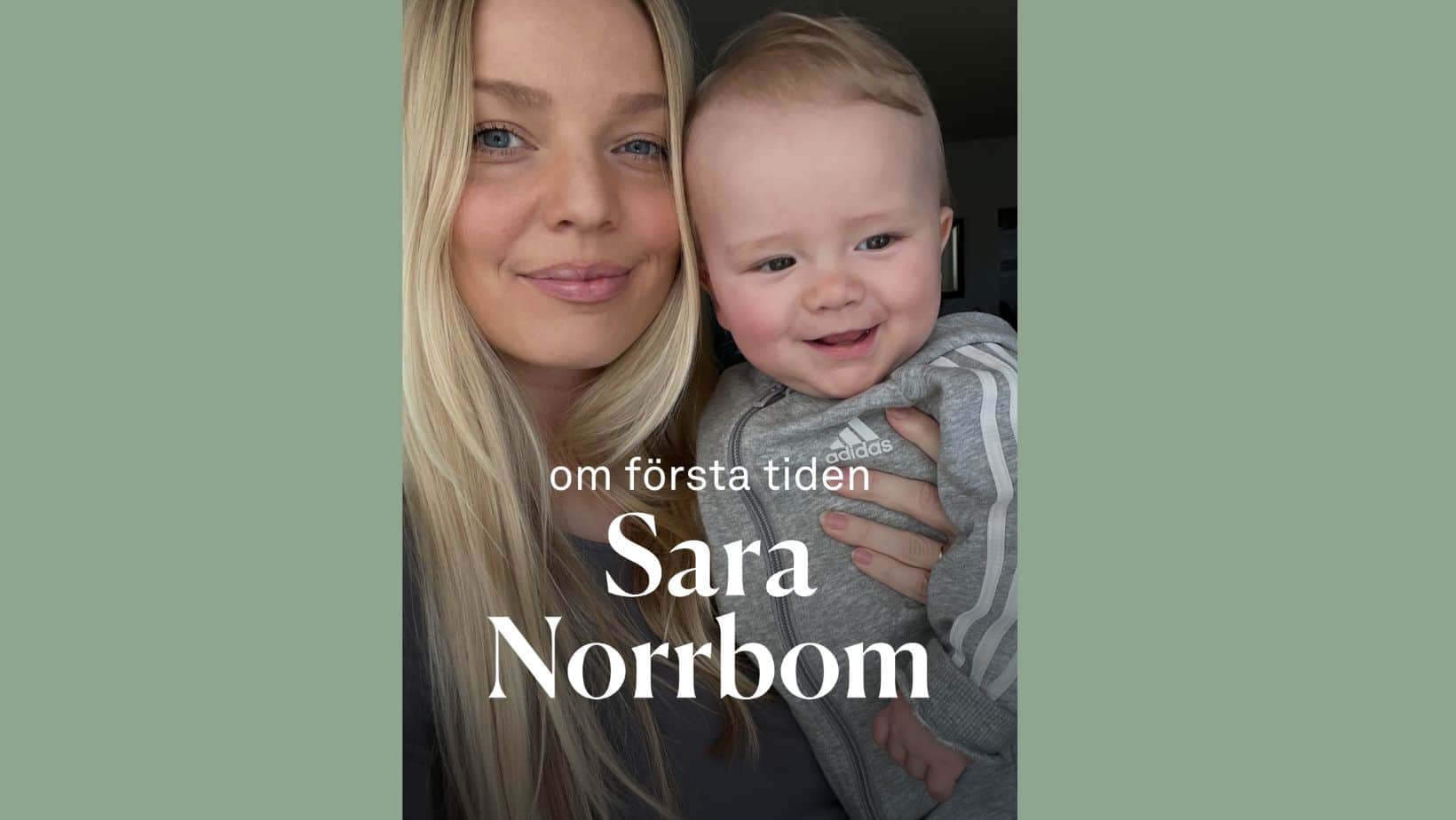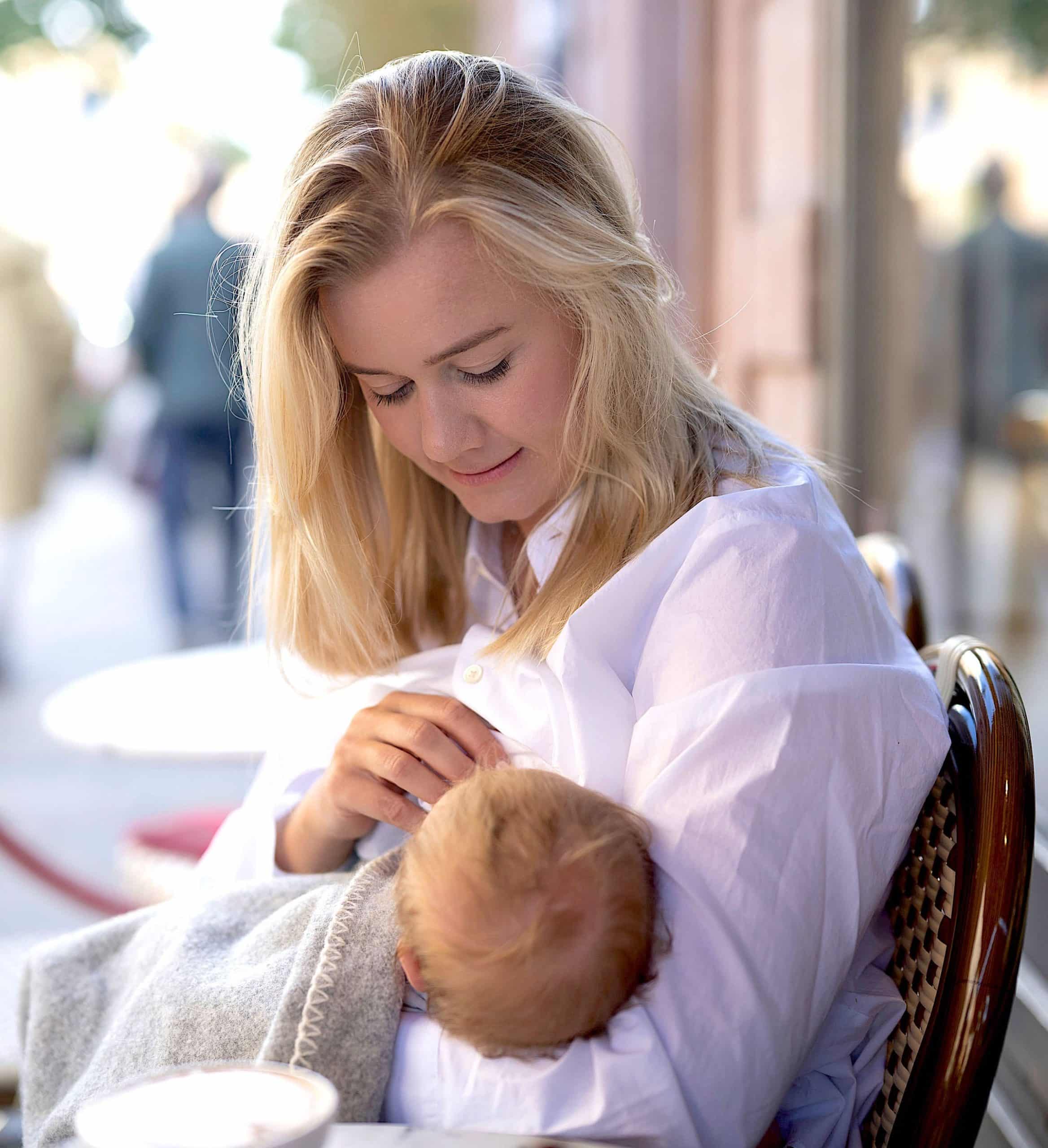Giving your baby breast milk or formula using a bottle can be an art form in itself. Bottles have different designs, so it’s a good idea to gather information about the type of bottle and dummy that will best suit your baby and to try them out. Some babies may not be fond of the bottle at all, in which case it may be worth starting by trying other methods such as spoon, cup or sippy cup feeding.
Breast milk in a bottle
If you are breastfeeding but for some reason want to use a bottle to give breast milk, this is possible. As always when it comes to feeding young children, the important thing to consider is hygiene. If you hand-milk the breast milk – make sure your hands are clean, or use a thoroughly cleaned breast pump. If you are not going to feed your baby immediately, you can store the breast milk in a clean bottle in the fridge. Breast milk can be stored in the refrigerator for up to three days, or you can freeze it. For more information on storing breast milk, you can visit 1177.se.
If you plan to bottle feed at certain times, it is important to choose a bottle that mimics the way your baby eats when breastfeeding. Some parents may worry that switching to a bottle may affect breastfeeding, but for the vast majority of people, combining breast and bottle is just fine.
Bottle feeding with infant formula
Before you give your child formula, it is a good idea to consult your childcare center. It is important to mix the formula in the right way. If the bottle is not properly cleaned or the water is not clean, it can introduce harmful bacteria that can affect your child. Children under one year old have the ability to regulate how much food they need. Let your baby signal when it is hungry and feed it until it is full. If you are unsure whether your child is getting enough nutrition, contact your BVC clinic for advice.
10 bottle feeding tips
- Use a thoroughly cleaned bottle with a dummy that has the correct size of the teat hole. The hole should be neither too large, which would cause the formula or breast milk to flow too quickly, nor too small, which would make it difficult for the baby to eat at a reasonable rate. The feeding should take about 10-20 minutes.
- Make sure you are sitting or lying in a comfortable position.
- Keep your baby close, preferably skin to skin, but make sure the baby’s head is slightly higher. If you support the baby’s head on your arm, you can use a pillow to reduce the strain on your arm and shoulder.
- Wait for your child to open their mouth before giving the bottle. Gently pull the bottle along the baby’s mouth until you see him/her seeking the pacifier and open their mouth. Then you can help the baby by starting to feed.
- To ensure that your baby grips the bottle properly, its lips should cover the pacifier completely. The edges of the child’s lips should be slightly folded.
- Tilt the bottle to allow the formula or breast milk to drain. This reduces the risk of the child swallowing air.
- Be patient. Bottle feeding can be challenging at first, but practice makes perfect. Trust yourself – you know what is best for your child.
- Let the child control the pace. Some children eat slowly, while others eat faster. Let your child decide how much food they need and stop when they no longer want to eat. Normally, you should not have to encourage your child to eat more than they want, and always throw away any leftovers from the bottle.
- Remember that skin-to-skin contact is just as important for bottle feeding as for breastfeeding.
- Create a calm and peaceful environment during feeding.
Infant formula and nutrition
Before giving your baby infant formula, you should always consult your BVC. They know about you and your baby and can advise you on which type of formula is best for your baby. Infant formula is formulated to resemble breast milk as much as possible, and there are EU directives regulating its composition to meet basic requirements. Infant formula intended for newborn babies is referred to as “complete,” meaning that the baby does not need any other form of nutrition for the first six months. Approved infant formulas can be purchased in regular grocery stores and some pharmacies.
Important to use an approved substitute
It is of the utmost importance to ensure that your child consumes an infant formula that is approved in Sweden. Self-produced or unauthorized formula can be harmful to your child. Approved infant formula is available in shops and pharmacies. Unna’s infant formula is called Unna Stage 1. If your child is older than 6 months, it may be appropriate to consider complementary feeding. It is not legally allowed to advertise infant formula, so if you have any questions about the products, contact your BVC for advice and information.
Mixing formula for your child
Infant formula is available in powder form and, from some brands, also pre-mixed in tetra packs. If you choose powdered infant formula, be sure to follow the instructions carefully to ensure proper mixing. When it comes to the water you use to mix the formula, it is important to pay attention to the quality of the water, especially for babies who are particularly sensitive to possible contaminants. Never use hot tap water, as it may contain copper from the pipes. Instead, always use cold water and then heat it according to the instructions on the package. Check the temperature by feeling a few drops on the inside of your wrist, where the skin is particularly sensitive to heat. Taste the formula yourself before giving it to your child.


